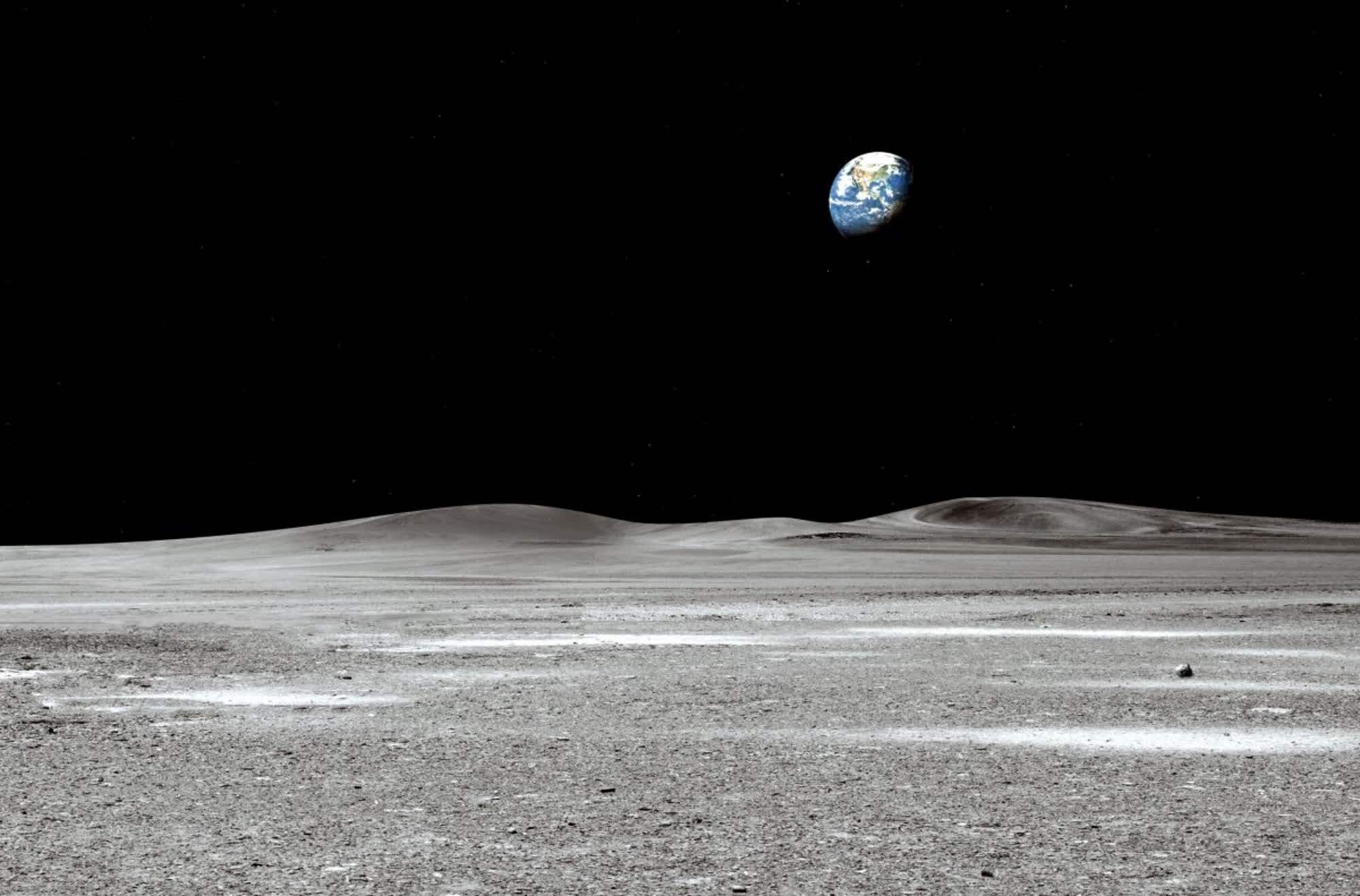Moon Dust: Unlike Earth and other major celestial bodies in the solar system, the Moon doesn't have a significant atmosphere or magnetic field. However, Earth's satellite has a very thin layer of dust particles known as the "exosphere," and scientists now say they have discovered the primary source of these particles.
Most of the Moon's exosphere likely developed after eons of micrometeorite bombardment on the satellite's fragile, regolith-rich surface. New research by Nicole Xike Nie, assistant professor and cosmochemist at MIT, supports this hypothesis after studying Moon samples from the Apollo space exploration program.
"Using samples brought back from the Apollo missions is both an honor and a unique scientific opportunity," Nie said. Moon soil collected by NASA astronauts has been in the space agency's archive for over 50 years and remains an invaluable resource for modern, cutting-edge scientific research.
Thanks to recent advancements in sample analysis methods, the Apollo samples can now provide a more complete story about the Moon's environment. Nie's team studied Moon rock powder from 10 different samples, using just 50 milligrams of "space powder" for their research. Even small amounts of material can provide a wealth of scientific data, Nie noted.

The researchers examined the chemical fingerprints of different isotopes present in the powder. Based on the mix of elements identified, they determined the most important processes involved in the formation of the exosphere. Without an atmosphere, the Moon lacks a natural shield against extreme space weather phenomena, including highly energetic solar storms and micrometeorite impacts.
The Moon's surface is constantly bombarded by space particles, the scientists explain, and each impact leaves a significant mark. Temperatures at the impact point can suddenly rise to 2,000-6,000 degrees Celsius, melting and vaporizing lunar soil. These vaporized particles contribute to the exosphere, along with surface atoms ejected by the proton-based plasma from periodic solar wind eruptions.
The new study suggests that micrometeorite impacts account for more than 70 percent of the Moon's exosphere composition, while solar winds are responsible for around 30 percent or less. Nie now aims to apply the same research methods to study other isotopes in lunar soil, as a clear understanding of space environments is essential for future exploration missions. Given these findings, the next generation of lunar dwellers will likely need to seek shelter underground to avoid instant vaporization or the effects of devastating solar plasma impacts.
